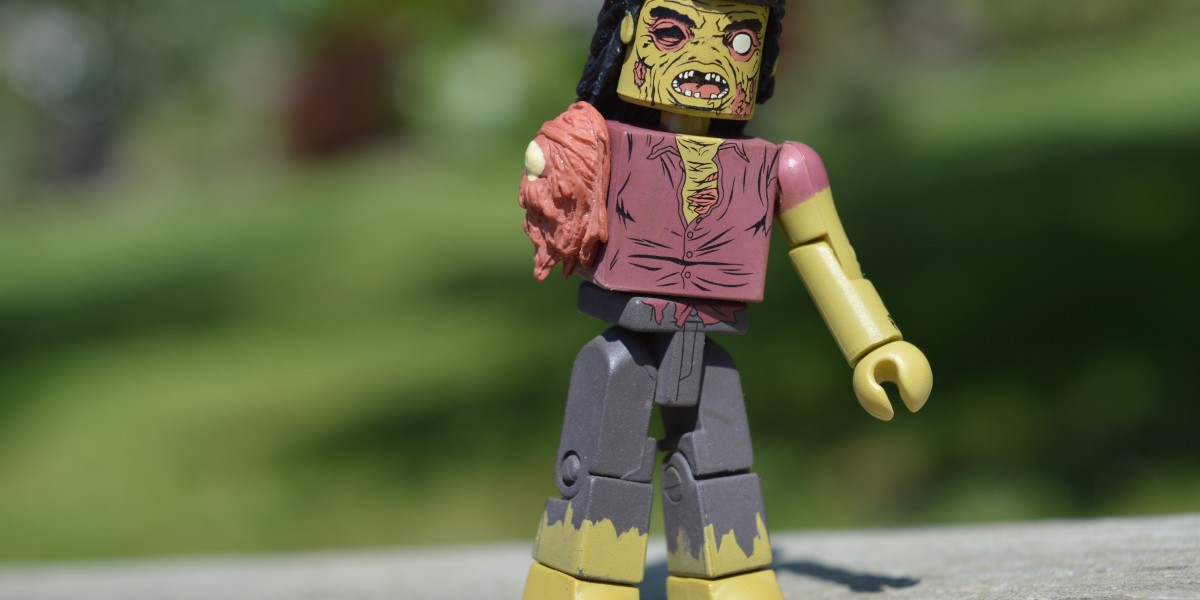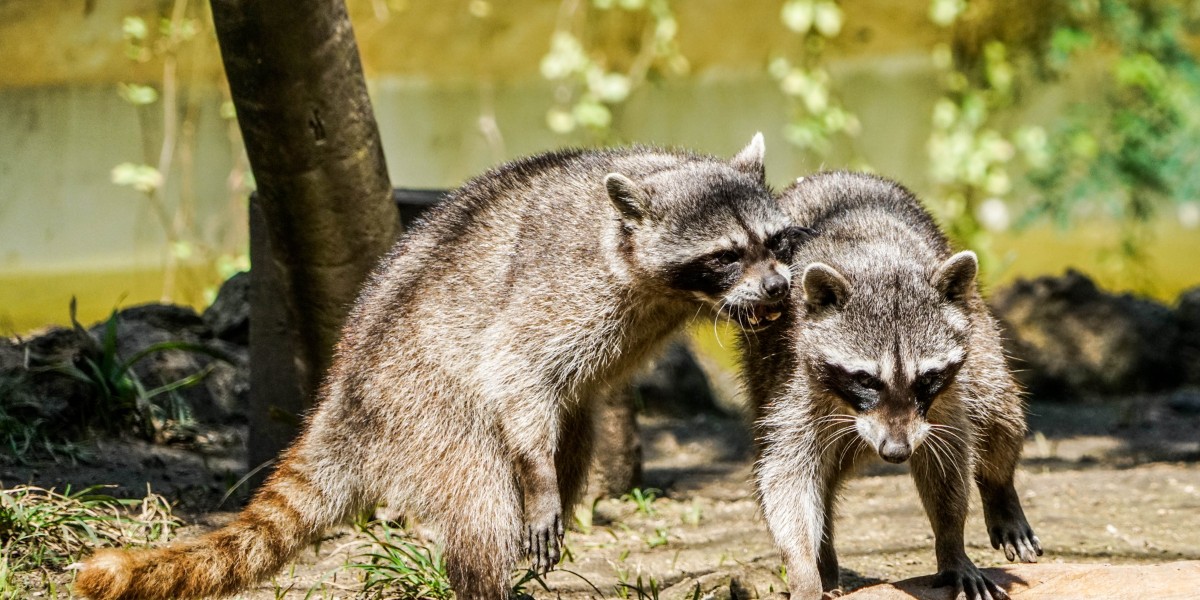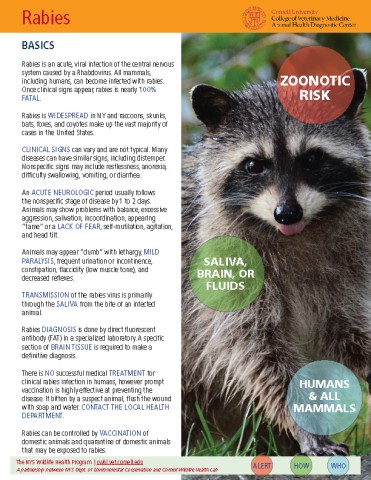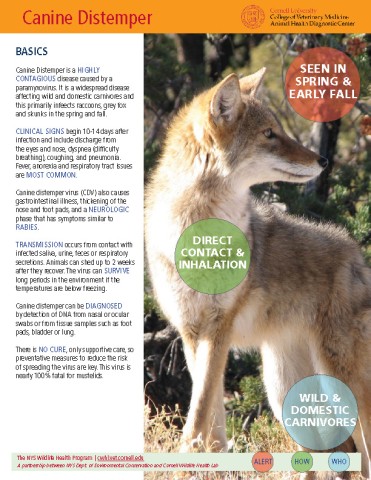With the uptick in reports of raccoons acting strangely in urban areas, people are claiming some raccoon zombie apocalypse is imminent – it’s not. Reports like this “'Zombie-like' virus killing raccoons in NYC's Central Park” fuel the fear, but in reality it's Canine Distemper Virus (CDV) and cases pop up like clockwork every spring and fall. While distemper can make raccoons seriously ill and many will die from the disease, they won’t (fortunately for us) convert to being “undead.” Zombies are not real – not even raccoon zombies.
Canine distemper is a highly contagious paramyxovirus that affects a number of carnivorous species. Direct contact or inhalation with infected saliva or feces are the main ways animals will contract CDV. The symptoms of CDV range from fever and respiratory illness to thickening of the food pads and neurologic signs that appear similar to rabies. Animals can look docile, aimless and approachable. Some may have seizures, disorientation and jaw snapping – sort of Hollywood zombie-like, granted – but still not zombies.
It is not practical or feasible economically to vaccinate wildlife species against CDV, so raccoons, grey foxes, and skunks often become infected and in the case of skunks, the disease is virtually 100% fatal. CDV is not transmissible to humans, but it has had a serious impact on large cats, causing mortality events in tigers and lions globally.
There is not a “cure” or treatment for it, only supportive care for symptoms. Your veterinarian recommends vaccinations because CDV is out there all the time, and it can survive extended lengths of time out in the cold, especially in below freezing temperatures. Prevention really is the best measure to reduce the spread of the disease.









